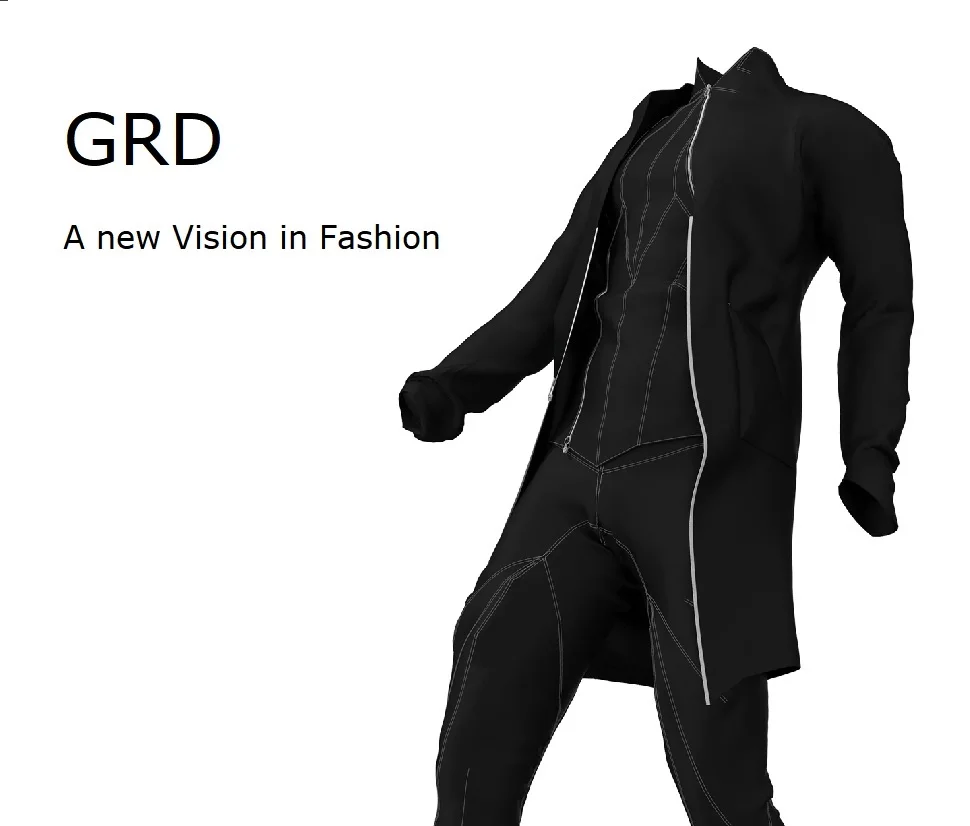Rebranding Fast Fashion
What's the problem with Fast Fashion?
Fast Fashion – a term used to describe cheap and affordable clothes which are the result of catwalk designs moving into stores in the fastest possible way in order to respond to the latest trends.
In the 1980s and 1990s, a new production strategy appeared on the fashion scene. It involved moving trends from the catwalk to the consumer at a rapid pace, with a cheap price point. The ultimate goal? More consumption. More sales. A bigger bottom line.
Enter ‘fast fashion,’ the term coined to describe this quick, cheap, disposable cycle.
Why would any company produce cheap garments and unneeded amounts of waste? When pressed the answers typically revolve around a few key issues:
- Consumers want access to reasonably priced, fashionable clothing
- Production cycles are much slower than style trend changes (“… today you’re in, and tomorrow your out – auf wiedersehen”)
- Customizing and creating “one-off” garments is expensive with today’s processes
Digital patterning. Custom Clothing done right.
Fast fashion is wasteful, and disrespectful of the environment and laborers, as well as the consumers it claims to serve. What is especially disheartening is that the situation doesn't need to be this way. Fashion brands and retailers can still achieve their design flexibility, short cycle times and profit goals without resorting to such reckless extremes.
Advances in Digital Design and Patterning allow manufacturers to:
- Create a design concept using the team and tools already in place
- Preview the designs to consumers using virtual runways
- Allow individual shoppers to customize the design to their needs
- Collect orders before garments are made (No Inventory, No waste)
Manufacturers all agree that they are more than willing to deliver a better, more sustainable product if consumers are willing to buy it. (Note: Online MBA reports that roughly 300 retailers have signed on to the Sustainable Clothing Action Plan (SCAP), a collective that aims to reduce wastefulness in the fashion industry.) And consumers have shown an equal willingness to purchase better products as long as it doesn’t cost them 5x or 10x more to "do the right thing."
Where does your business stand on Fast Fashion?
Click on the link below and schedule a time to speak with one of our experts. That way you can explore ways that your business can avoid the trap of Fast Fashion.










